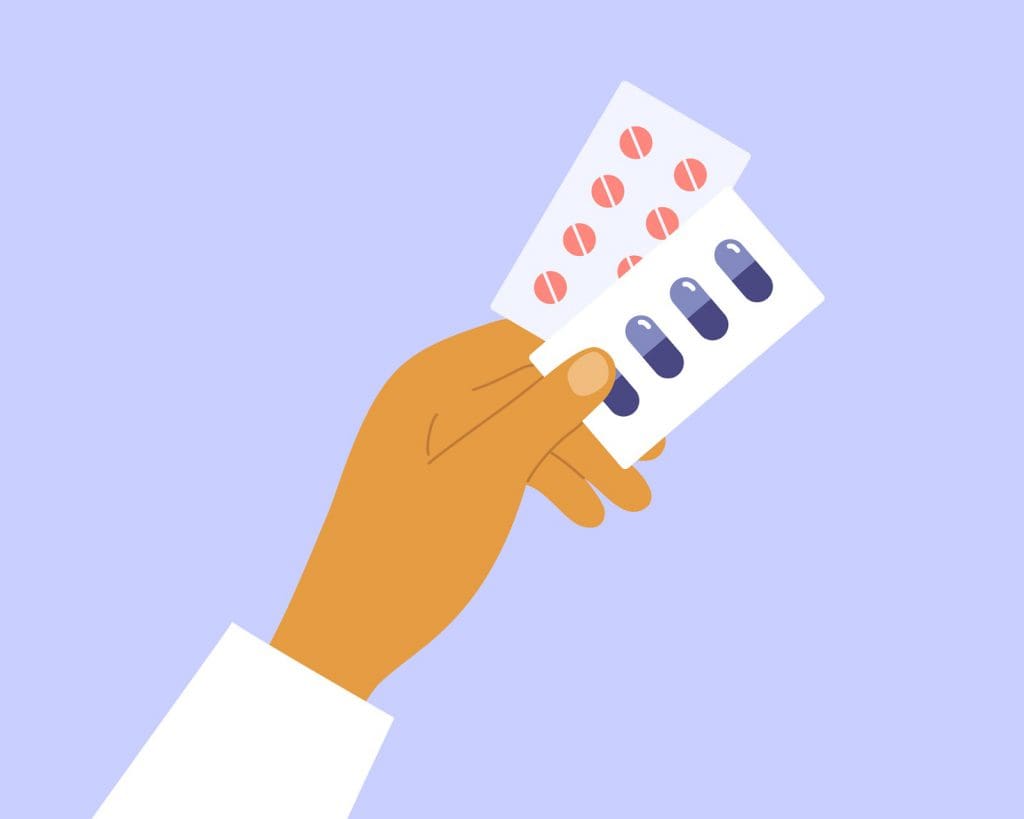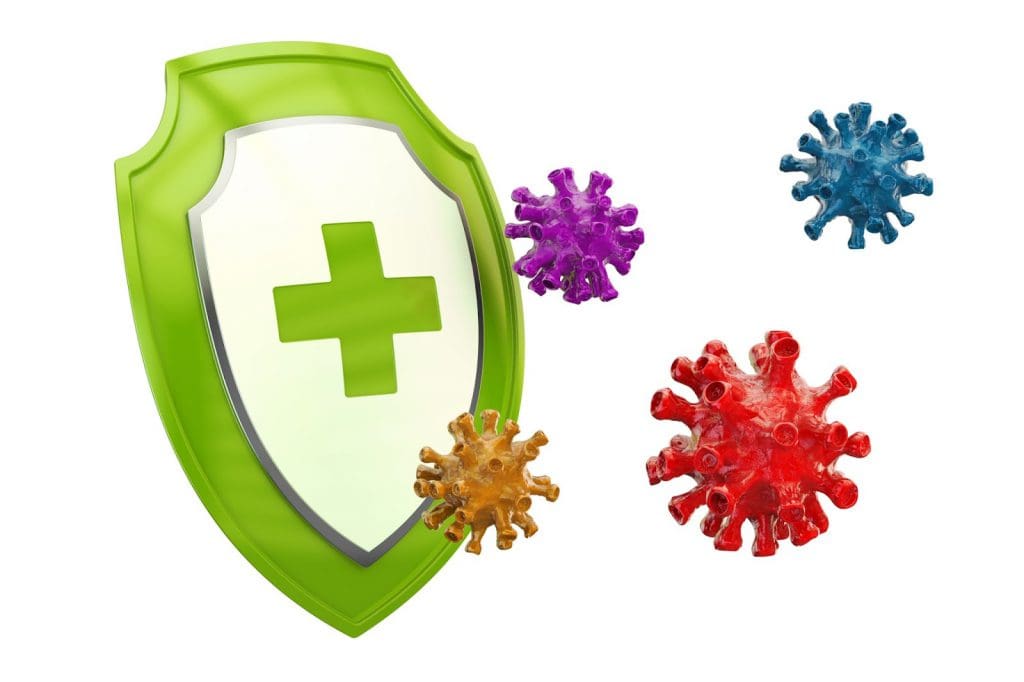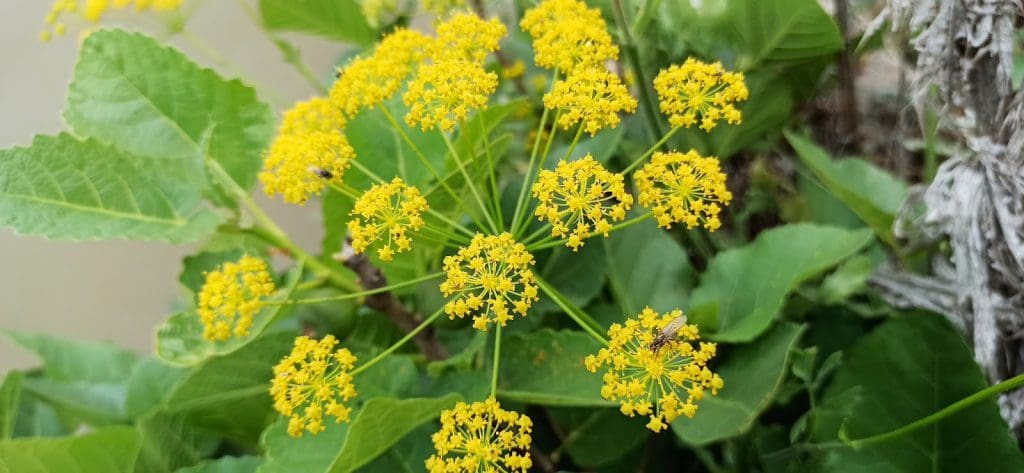
Before we take a closer look at each of those compounds, just what are antivirals, and how do they work?
You may be fairly familiar with antibiotics – these are drugs that fight off bacteria, and hence are used in bacterial infections. Antibiotics are of no use for fighting off viruses like colds, influenza or COVID, unless the virus had led to a secondary infection like pneumonia.

This is where antiviral medications come in handy. They act in a few ways, including by blocking receptors used by viruses to bind to and enter cells, boosting the immune response, or reducing the viral load (amount of virus present in the body). They can also be used to reduce the risk of passing the virus on to others, or to help your body rid itself of the virus.
Remdesivir is currently the only antiviral used for COVID patients, though it isn’t recommended by the WHO as a treatment for COVID patients as studies found there was no proof it sufficiently improved patient outcomes.
Remdesivir is a nucleoside analogue, mimicking some of the building blocks of RNA. Viruses need to replicate using the ‘machinery’ of host cells (ie our human cells). It works by stopping the enzyme that viral RNA needs to continue adding more RNA links, and as such, stops the virus from multiplying.
However Gilead, the manufacturer of Remdesivir (also known as Veklury), showed in trials that Remdesivir demonstrated an 87% reduction in risk for hospitalisation or all-cause death in COVID patients by Day 28. They also found an 81% reduction in risk for medical visits due to COVID-19 or all-cause death by Day 28, and no deaths occurred.
In Australia the TGA has approved use of Remdesivir for COVID patients, with the drug receiving provisional approval for use in adults and adolescent patients who have severe COVID-19 symptoms and who have been hospitalised. This means it is only administered to people with COVID-19 who are severely unwell, require oxygen or other similar high-level support to breathe, and who are in hospital care. It was hoped that by reducing the duration of the illness, Remdesivir would also help reduce the length of stay in hospital and minimise higher-level care and support being required for severely ill COVID patients.

Molnupiravir (also known as Lagevrio) was initially developed at Emory University as an antiviral to treat influenza. It has since been further developed by Ridgeback Biotherapeutics and Merck, and is the first oral antiviral that was shown to be effective against COVID-19.
The drug makes it difficult for SARS-CoV-2 to replicate inside cells, by increasing the number of mutations inside the virus’s genetic material so it can no longer multiply effectively. Like Remdesivir, it’s a nucleoside analogue that mimics RNA building blocks. However, Molnuparivir actually gets incorporated into the viral RNA, and once there, muddles the viral RNA to stop the virus correctly replicating.
As an oral antiviral, Molnupiravir is expected to be offered to COVID patients with mild to moderate symptoms, ideally so they can remain at home while battling COVID, and reduce the chance they will die or need hospitalisation or higher-level treatments required for more severe cases.
Trials have shown the medication can reduce the need for hospitalisation by 50%, but the effectiveness was not observed for people who had already progressed to a more severe stage of the disease and had required hospitalisation. As such it appears to be most effective if administered soon after becoming infected or experiencing COVID symptoms.
Merck is aiming to produce 10 million doses by the end of 2021, with more slated for 2022.
Paxlovid is Pfizer’s oral antiviral offering. Like Molnuparivir, the ability to offer oral antivirals that can be taken by patients easily at home, ideally earlier during the course of the illness when this medication is most effective, could prove to be a vital piece of ammunition against COVID.
Studies have found an 89% reduction in COVID-related deaths and hospitalisations when Paxlovid was administered with 3 days of symptom onset. The drug is is a combination of the antiviral PF-07321332 plus a low dose of ritonavir, an antiretroviral medication that has traditionally been used to treat HIV. Paxlovid works primarily by binding to 3CL-like protease, an enzyme that is crucial to COVID’s function and replication.

While not yet marketed as a COVID treatment, the compound has been used in traditional medicine for hundreds of years. Found in the weed ‘Deadly Carrot’ usually growing around the Mediterranean, thapsigargin is a guaianolide - a type of sesquiterpene lactone. Studies have found it may have anti-cancer properties, and has traditionally also been used to treat rheumatic pains and pulmonary disorders amongst others.
However, the compound has shown some promise for beating COVID. At certain doses it is cytotoxic, but administering small amounts has shown benefits against a number of respiratory viruses, including Influenza A and SARS-CoV-2. The best part is scientists have also found the substance is effective at treating all variants, even the deadly and rapidly-multiplying Delta strain.
In our final article of the series, we take at other COVID treatments popularised in mainstream media, like Ivermectin and hydroxychloroquine. If you’ve just joined us, take a look at Part 1 and 2 where we look at COVID treatment regimes, and DMTs.
If you have any questions about COVID-19, pathogens, or vaccines, or would like advice on safely handling hazardous substances, please contact the Chemwatch team today. Our friendly and experienced staff draws on years of experience to offer the latest industry advice on how to stay safe and comply with Health and Safety regulations.
Sources: